10 Tips for Mulching Beds to Protect Roots From Frost
Protecting your plants from frost is essential for ensuring healthy growth during the colder months. Mulching is one of the most effective ways to shield plant roots from freezing temperatures. By creating an insulating layer, mulch helps regulate soil temperature, retain moisture, and prevent damage from harsh winter conditions. Whether you’re preparing your garden for the first frost or managing fluctuating winter temperatures, these helpful tips will guide you in using mulch to keep your plants safe and thriving throughout the season.
This post may contain affiliate links, which helps keep this content free. Please read our disclosure for more info.
Apply a Loose, Organic Layer After the First Hard Freeze
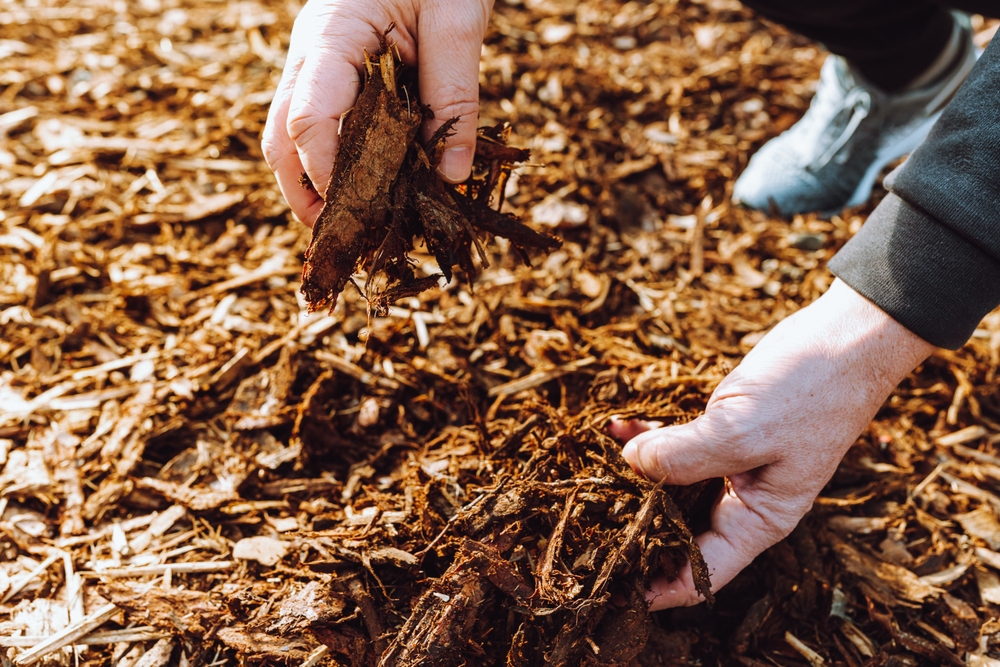
To protect your plants from frost, applying a 2-4 inch layer of mulch after the first hard freeze is essential. This is the point when the ground has started to freeze, and plants will benefit from an insulating layer. Organic mulches such as straw, shredded leaves, or wood chips are particularly beneficial because they allow for proper airflow and can break down over time, enriching the soil with nutrients. Timing is crucial here; applying mulch too early, before the first frost, may delay the hardening off process of plants, leaving them vulnerable to a sudden temperature drop.
Once the freeze occurs, a layer of mulch will help maintain a more consistent soil temperature, which is essential for protecting the plant roots from severe winter fluctuations. This layer of mulch not only helps insulate the roots but also prevents the freeze-thaw cycle, which can cause soil erosion and damage to delicate plant roots. The mulch traps air in tiny pockets, which helps reduce heat loss from the soil, keeping plant roots safe through the coldest months of the year.
Leave a Small Gap Around Plant Stems
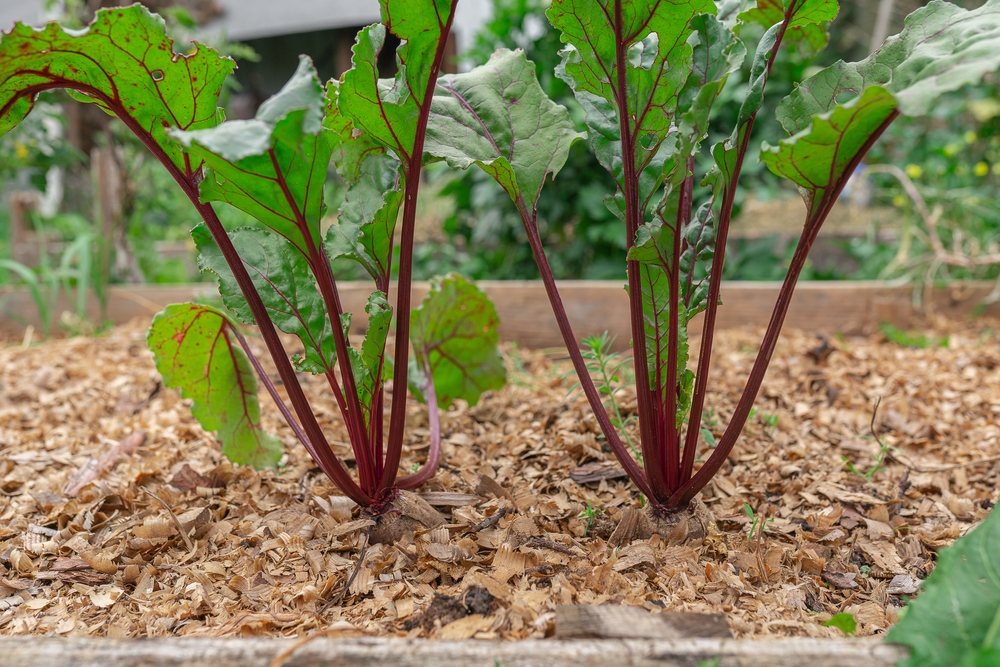
One critical but often overlooked aspect of mulching is ensuring that you leave a small gap around plant stems. This is important to prevent moisture from building up against the stem, which can cause rot and promote fungal growth. When mulch is piled directly up against the stem or crown, it can trap moisture, particularly during winter thaw cycles, leading to decay at the base of the plant. Rot at the crown can severely damage the plant or even kill it by preventing the plant from absorbing nutrients and water effectively.
The gap should be small, just enough to allow for air circulation around the stem, which will keep it dry and protected from excessive moisture. This practice is especially important for plants like perennials, which are more susceptible to crown rot in the winter. By leaving a small gap, you also allow the plant to “breathe” and avoid creating an overly damp environment that could lead to the growth of harmful bacteria or fungi that thrive in wet conditions.
Water Plants Before Mulching

Before applying the mulch, thoroughly water your plants to ensure that the soil is moist and well-hydrated. Moist soil acts as an effective thermal buffer, helping to regulate soil temperatures during frost. If you apply mulch without watering the soil, the roots beneath the mulch could become dry, leaving them vulnerable to frost damage. The mulch will hold the moisture in the soil, but without the right moisture content underneath, it won’t be as effective in protecting your plants.
When you water, ensure that the water penetrates deeply into the soil so that the roots are well-hydrated. This is especially important for plants that are already stressed from the heat of the summer or drought conditions. Well-watered soil will maintain a more stable temperature, and the roots will be less likely to freeze, as moisture in the soil holds heat more efficiently than dry soil. However, be careful not to over-water, as excessively soggy soil can promote root rot, which is just as harmful as frost damage. Deep watering ensures your plants are protected from both extremes.
Use the Right Type of Mulch
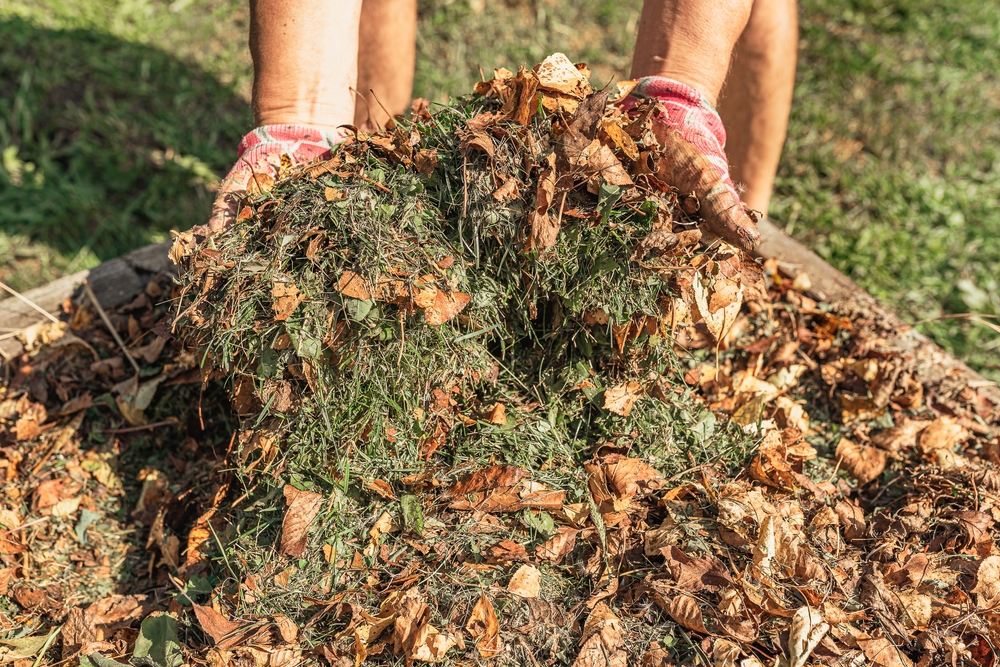
The type of mulch you use can make a significant difference in the effectiveness of frost protection. Organic mulches such as shredded leaves, wood chips, straw, or bark are ideal because they provide insulation while also allowing for air circulation. These materials decompose over time, enriching the soil and promoting healthy root growth. Organic mulches also improve soil structure, which helps retain moisture and maintains a stable soil temperature. This is in stark contrast to synthetic mulches, like rubber or plastic, which do not allow air to circulate and may even trap moisture in a way that harms plants by causing rot or fungal growth.
Wood chips and straw are particularly effective in colder climates, as they provide a light texture that allows air to flow through while still insulating the soil. Shredded leaves are another excellent option that decomposes into rich, nutrient-dense compost over time. When choosing mulch, be sure to avoid synthetic alternatives, as they do not provide the same benefits for your plants or soil. Moreover, organic mulches help in breaking down plant matter into humus, which is vital for healthy soil and sustainable garden growth.
Ensure Even Coverage Across the Bed
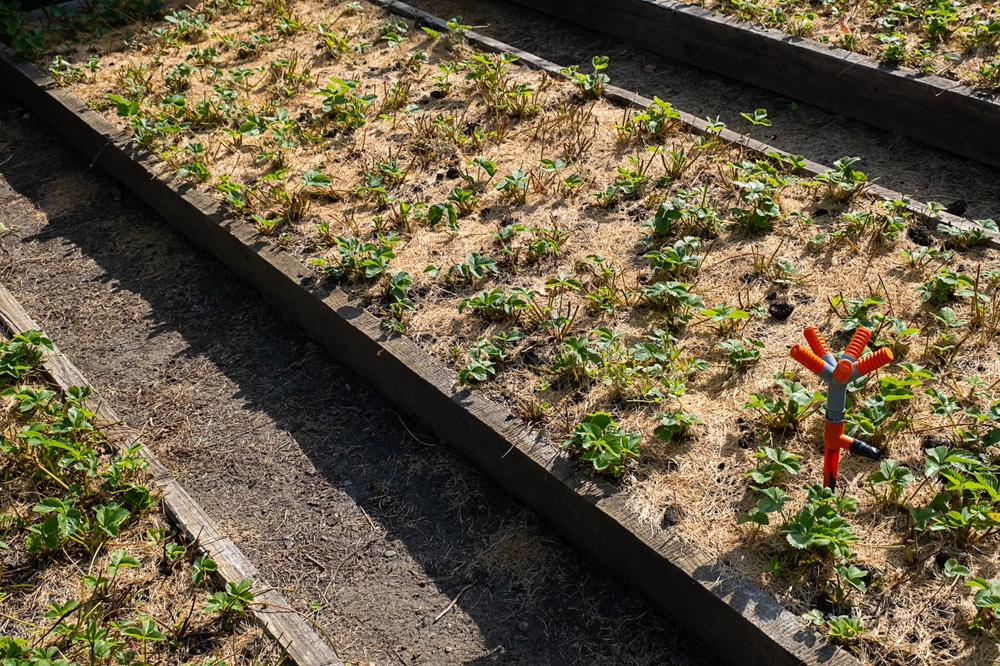
To provide optimal frost protection, mulch should be applied evenly across the entire bed. Inconsistent coverage can result in certain sections of the bed being more vulnerable to frost than others. A patchy layer of mulch will not effectively insulate the soil, leaving plant roots exposed to temperature extremes. Make sure that the mulch is spread evenly, with no bare spots, to create a continuous layer of protection that covers the entire root zone. Pay special attention to areas where frost may be more likely to penetrate, such as corners or edges of the bed.
An even layer of mulch also ensures that the moisture retained in the soil is distributed uniformly, preventing some plants from becoming too dry while others stay too wet. The goal is to create a balanced environment where all the plants benefit from the mulch’s insulating properties. If you notice areas where the mulch has become displaced by wind or other factors, top it up to maintain an even layer. This consistency helps maintain the right soil temperature and prevents the stress caused by uneven moisture levels or exposure to the cold.
Monitor Mulch Throughout Winter
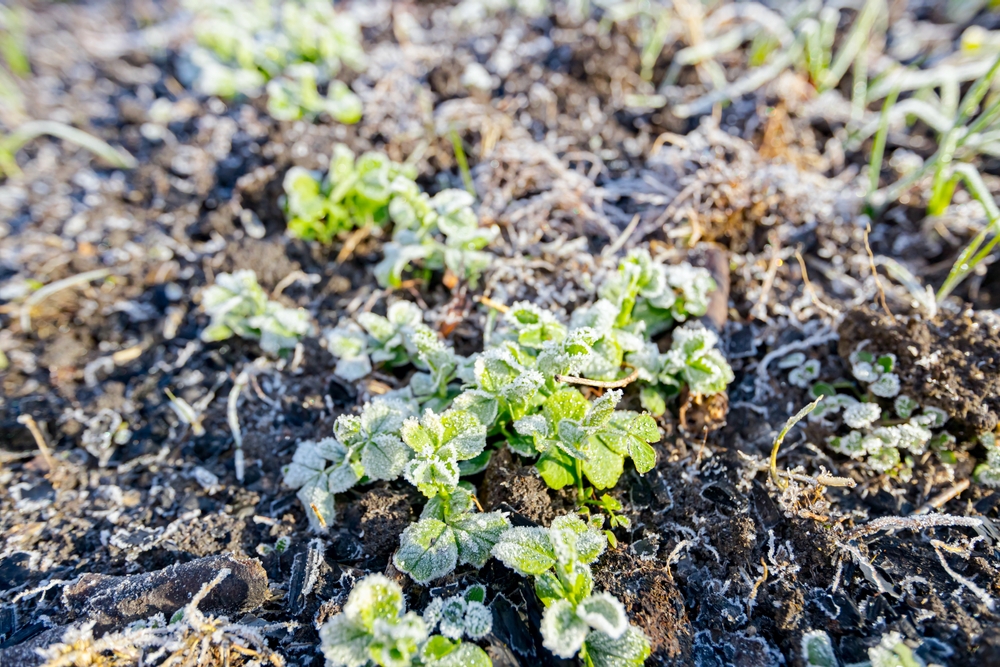
While mulch is a great winter protector, it requires monitoring throughout the season to ensure it remains effective. Wind, rain, and snow can displace the mulch, causing it to shift or compress. As mulch breaks down, it can lose its insulating properties and may need to be replenished. It is essential to check the mulch regularly to ensure that it has not compacted or been washed away by winter storms. If the mulch layer becomes too thin or uneven, top it up with more material to maintain the proper depth.
By checking on the mulch periodically, you can prevent damage to your plants caused by fluctuating temperatures or insufficient protection. Look for areas where the mulch has thinned, and add fresh layers to these spots. Keep an eye out for signs of compacted mulch, which can become a barrier to water penetration. By maintaining a consistent mulch layer, you ensure your plants remain safe from frost and other winter hazards.
Use Mulch That Can Withstand the Winter Elements
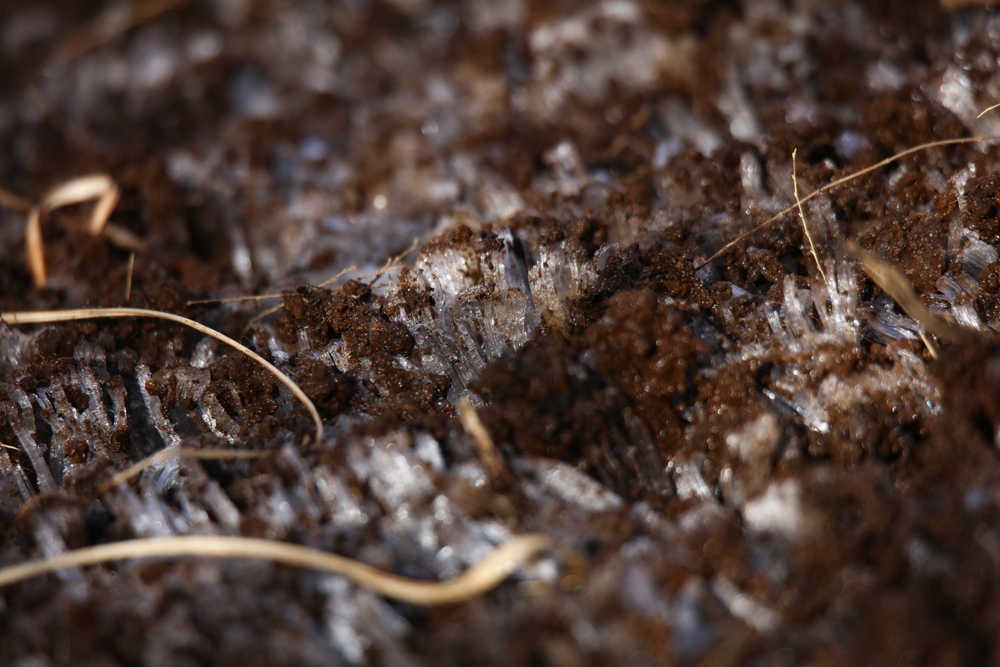
When selecting mulch for winter protection, it’s important to choose a material that can withstand the harsh elements of winter without deteriorating too quickly. Mulch such as bark chips, shredded leaves, or straw holds up well in colder temperatures, while providing the insulation needed to protect plant roots. These materials break down slowly, which means they continue to offer protection throughout the winter. Some materials, like hay, can decompose faster, so they may need to be replenished sooner than others.
Avoid using light materials such as grass clippings or sawdust, as these may break down too quickly under the influence of snow or rain. Such materials also tend to compact easily, which decreases their effectiveness in insulating the soil. The goal is to find mulches that will stay in place, resist being blown away, and continue to offer protection throughout the season. Investing in high-quality mulch that can withstand the elements will ensure your garden is well-protected all winter long.
Avoid Over-Mulching
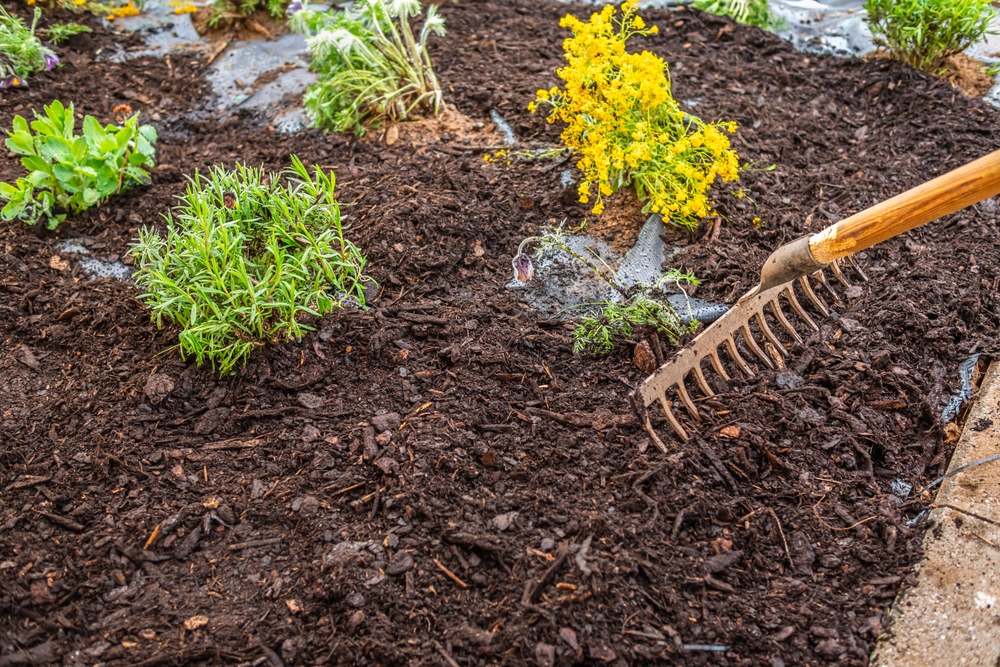
While mulching is beneficial, over-mulching can be detrimental to plant health. Excessive mulch, especially when piled too high, can create a suffocating environment around plant roots. This can lead to a lack of air circulation, moisture retention problems, and an increased risk of rot. Over-mulching can also result in the mulch becoming compacted, reducing its ability to insulate effectively. The best approach is to maintain a mulch layer that is between 2-4 inches thick; thicker layers can be beneficial, but it’s important to avoid going overboard.
When mulching, always aim to create an insulating layer that balances protection with healthy plant growth. Monitor the thickness of the mulch and adjust it as necessary throughout the season. If the mulch is too thick in some areas, gently remove some to ensure the soil remains healthy and properly aerated.
Choose Mulch That Does Not Attract Pests
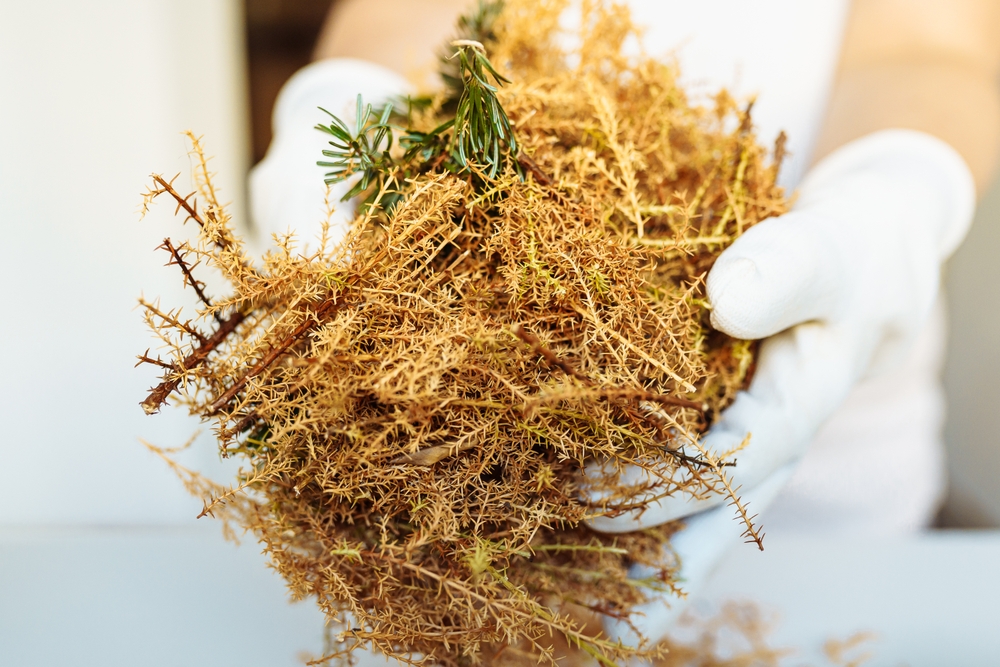
Certain mulches can attract unwanted pests, which can pose a threat to your plants. For instance, mulch made from hay or straw may attract rodents looking for warmth during the winter. These pests can burrow into the mulch, causing damage to plant roots. It’s best to choose mulch materials like wood chips, bark, or pine needles, which are less likely to harbor pests. These materials not only insulate the soil but are also less attractive to critters, helping to keep your plants safe from unwanted visitors.
When selecting mulch, always consider whether the material is prone to pests in your area. By choosing pest-resistant mulch, you can provide both frost protection and prevent damage to plant roots from rodents or insects. If pests become a concern, you may need to use pest control methods in conjunction with your mulching practices.
Use Mulch to Prevent Soil Erosion
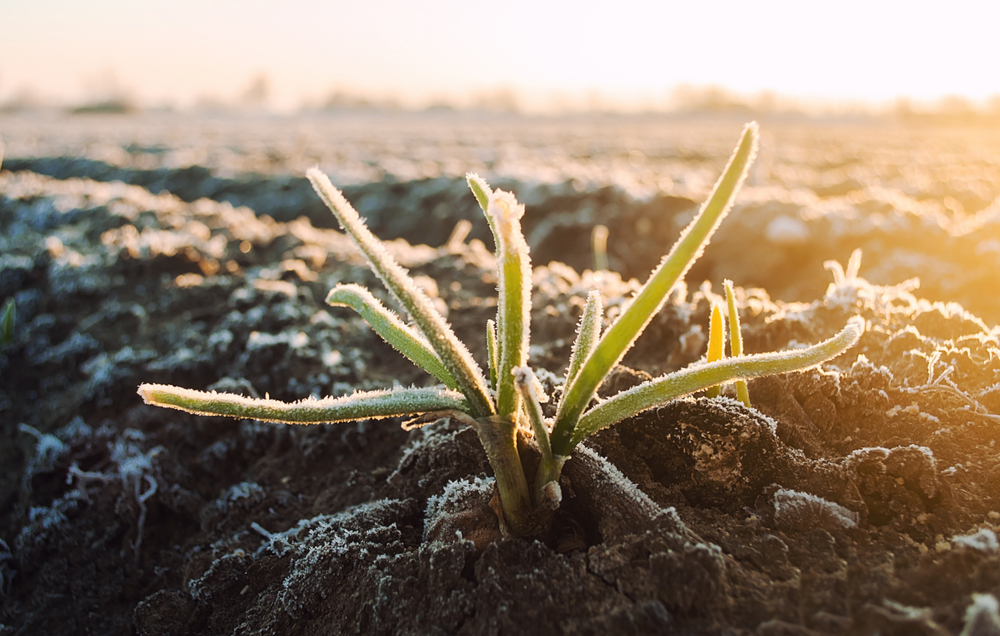
In addition to protecting roots from frost, mulch also helps to prevent soil erosion during the winter months. Snow and rain can wash away topsoil, exposing plant roots to cold, dry conditions. A well-maintained mulch layer acts as a barrier, slowing the movement of water and protecting the soil from erosion. This is especially important in areas with heavy snowfall or rainfall during winter. By using mulch to protect the soil, you ensure that your plants remain stable and that the root systems are kept safe throughout the season.
Mulch also helps to prevent compaction caused by rain or snow, which can make the soil hard and impenetrable. This allows water and nutrients to move through the soil more freely, benefiting your plants in the long term. Maintaining an even mulch layer reduces the chances of soil erosion, ensuring that your garden remains healthy even through harsh winter conditions.
This article originally appeared on Avocadu.
